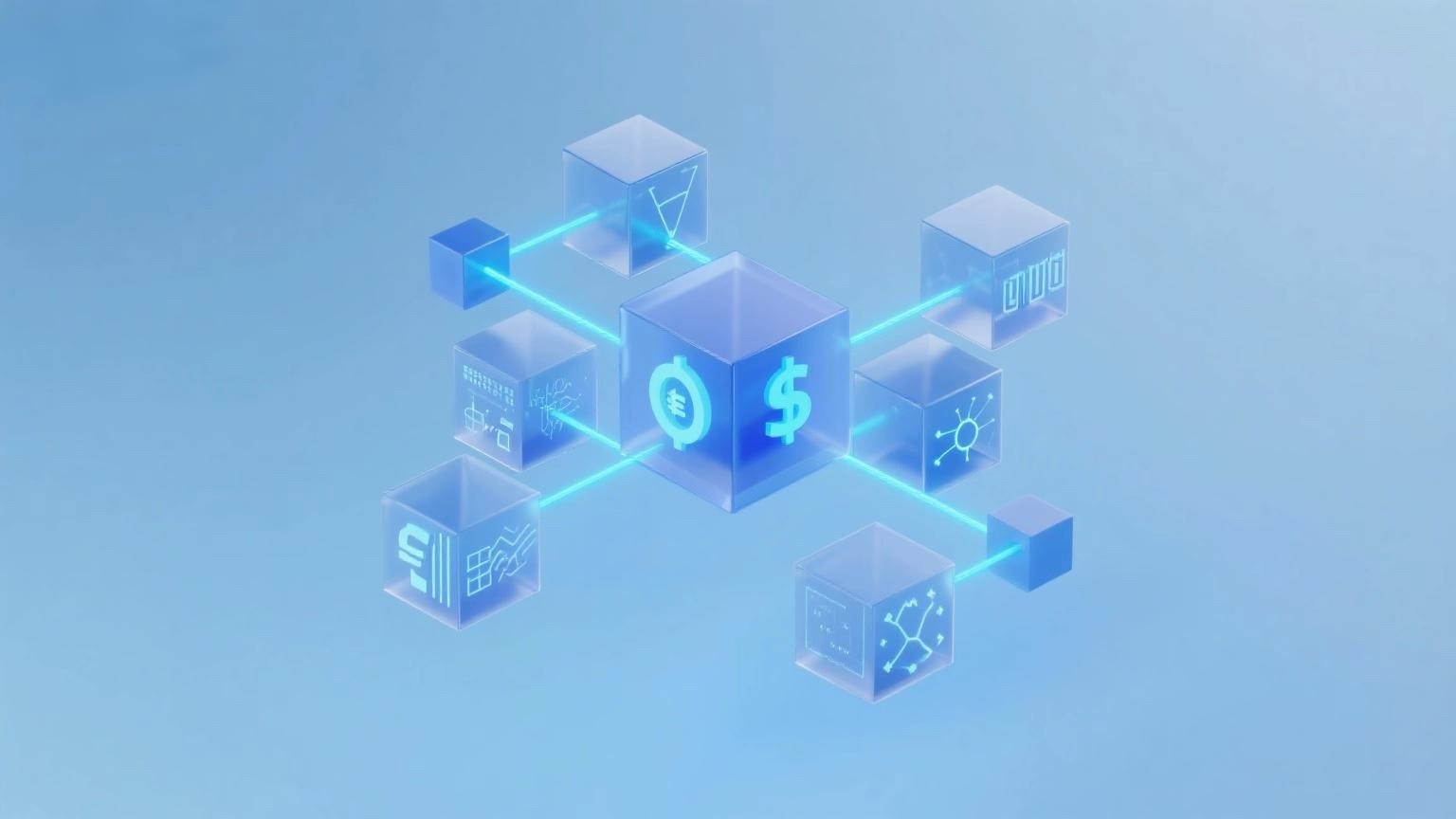
It’s no exaggeration to say that decentralized finance (DeFi) is one of the most exciting developments of this century. Now, instead of handing over cash to bankers and investment managers, people can use cryptocurrencies to save, invest, and borrow through DeFi’s fully automated digital "smart contracts."
It sounds crazy, but it’s not as complicated as it seems. Just as various technologies have transformed our lives, DeFi is changing the way we make money. Unlike the traditional centralized finance ("CeFi") model, we can still save and invest, but now we can cut out the fees that intermediaries used to charge.
The best part is that everything in DeFi is done through the blockchain—an immutable, decentralized ledger that records every transaction. Of course, this doesn’t mean DeFi is without risks (we’ll cover those in detail in future articles). For now, let’s start with some of the most important DeFi terms (listed alphabetically A-Z)!
NO.1 Collateral
On many DeFi platforms, users can collateralize one cryptocurrency or token to borrow another—for example, using Ethereum (ETH) to borrow DAI. This is similar to using your house as collateral for a bank loan. Typically, you must provide a higher proportion of cryptocurrency or tokens as collateral for a DeFi loan—for instance, using $100 worth of ETH to borrow $70 worth of DAI (a 140% loan-to-value, or LTV ratio). This helps maintain system stability.
NO.2 DAO
A DAO (Decentralized Autonomous Organization) is governed by decentralized individuals who voluntarily contribute to the community. In short, it’s like a company without HR managers or employees—everything in the organization runs on "open-source" code that anyone can view and use, making it fully automated. Like DeFi, DAOs operate on the blockchain, making them immutable and audit-free.
NO.3 dApp (Decentralized Application)
dApps, or decentralized applications, are the foundation of DeFi. Like DAOs, dApps are self-operating applications with no managers or intermediaries, allowing users to transfer funds between programs. The Ethereum blockchain is like a library of dApps, hosting most DeFi dApps, though other blockchains (e.g., Tron and EOS) also allow developers to code applications.
NO.4 DEX / CEX (Decentralized Exchange / Centralized Exchange)
DEXs (decentralized exchanges) and CEXs (centralized exchanges) both allow users to buy and sell cryptocurrencies and tokens. The difference between them mirrors that between DeFi and CeFi: DEXs are automated, running on algorithms and smart contracts, while CEXs are operated by companies with human management. Well-known DEXs include Uniswap, Sushiswap, and Kyber, while popular CEXs include Coinbase and Binance. While CEXs may be cheaper to use, users often know little about how they operate—the same goes for DEXs.
NO.5 Ethereum
Ethereum is arguably the most important blockchain after Bitcoin and the "birthplace" of DeFi. It serves as the foundational infrastructure for most dApps in the DeFi world, making everything possible today. Ethereum is often confused with Ether (ETH), its native token, but the two are distinct—Ethereum refers to the blockchain itself.
NO.6 Gas Fees
Gas fees are the costs paid to Ethereum "miners" for processing transactions on the blockchain (essentially, transaction fees for the network). These fees are paid in ETH, Ethereum’s native token, and are typically calculated in Gwei, the smallest unit of Ethereum’s code. The more transactions on Ethereum, the higher the gas fees, which can make smaller transactions less cost-effective (we’ll cover "high gas fees" in more detail later in this series).
NO.7 Liquidity Mining
Liquidity mining (or yield farming) is a key feature of DeFi, allowing users to deposit (or "stake") a cryptocurrency or token on a DEX or dApp to earn rewards. Some platforms reward users with another token, which can then be staked indefinitely on the same or another DEX/dApp. Even better, each cryptocurrency or token can generate yields (e.g., savings interest), and higher returns can be "mined" through staking. It’s like depositing cash in different banks—except here, you receive separate tokens from each bank, which you then deposit elsewhere for even higher yields.
















